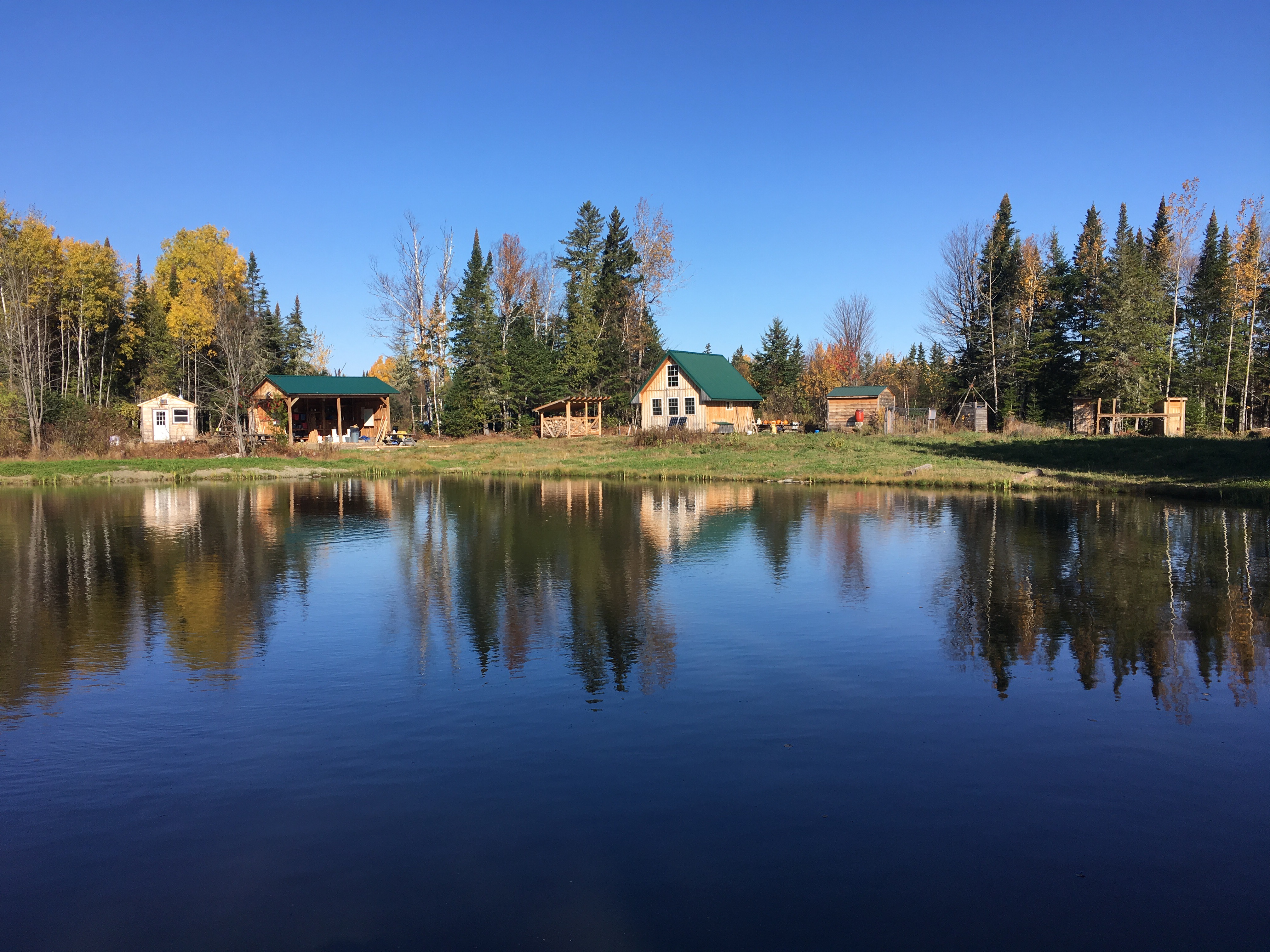After snowshoeing into the field school for the first two and a half weeks of the spring Wilderness Bushcraft Semester, on May 1st the snow was finally low enough for me to put the truck in 4-wheel drive and make it down the road. Once there are wheel ruts in the snow, things melt significantly faster.
We’re preparing to shoot a series of short videos this spring about field school life, along the lines of how to live deliberately and well off-grid. The trope of hardship, of man versus wild when living remotely off-the-grid is common in popular culture, but is more the result of preconceived ideas and unrefined practitioners. We’ve been at it here for over a decade now, and have been refining the lifestyle to where it’s less a struggle for survival and more a thoughtful approach to deliberate living.
The video topics will include the skills and techniques we use in order to live well. Life here is very similar to life everywhere else, with the difference being the means by which we achieve the ends. We cook, wash dishes, shower, have warm and dry beds and occasionally visit the little bushcrafter’s room (outhouse). But the systems we use aren’t based on infrastructure like they are in a modern house. Some of these systems we learned from others, some we developed here, but all of them have been tweaked over time and are based around an ethic of minimizing waste and using resources wisely. And we’re always looking for ways to improve our systems.
Our goal is to have people step into functioning systems that they can replicate when they leave here, to have them be as simple as possible while not sacrificing their usefulness and to require minimal inputs. This isn’t always using the absolute minimum of inputs. One can always bathe with only a cook pot full of water, but with a few additions it’s feasible to have a system that mimics the pleasure of hot shower at home.
Check back soon for the first installment.








